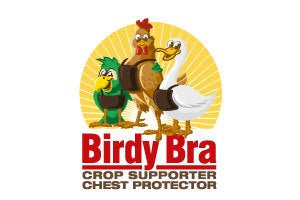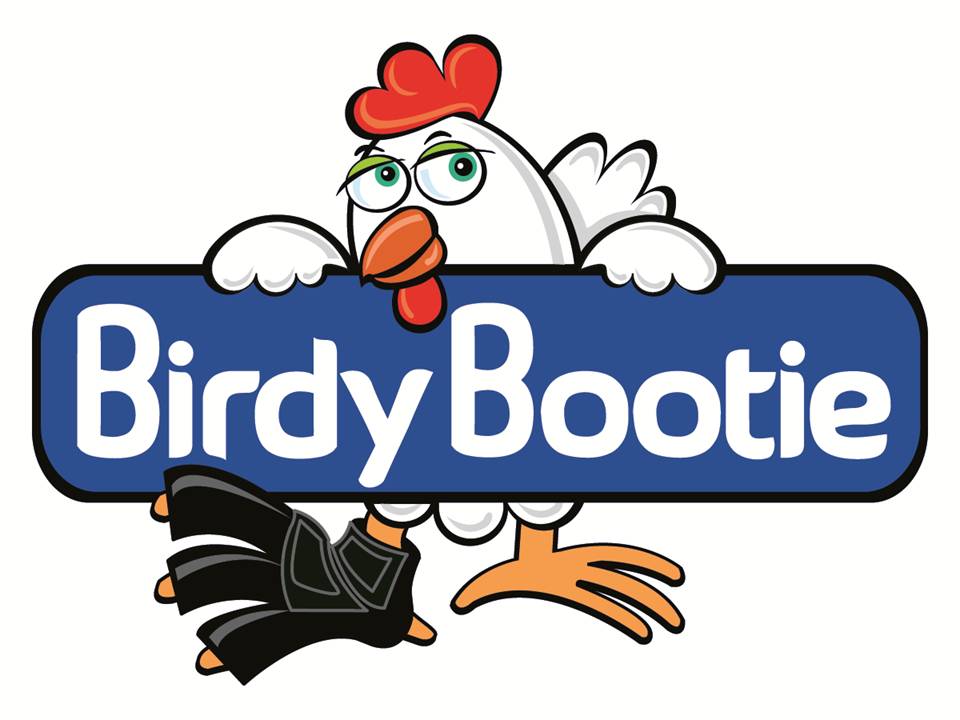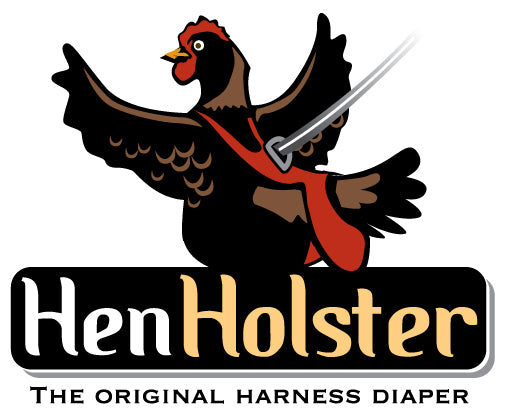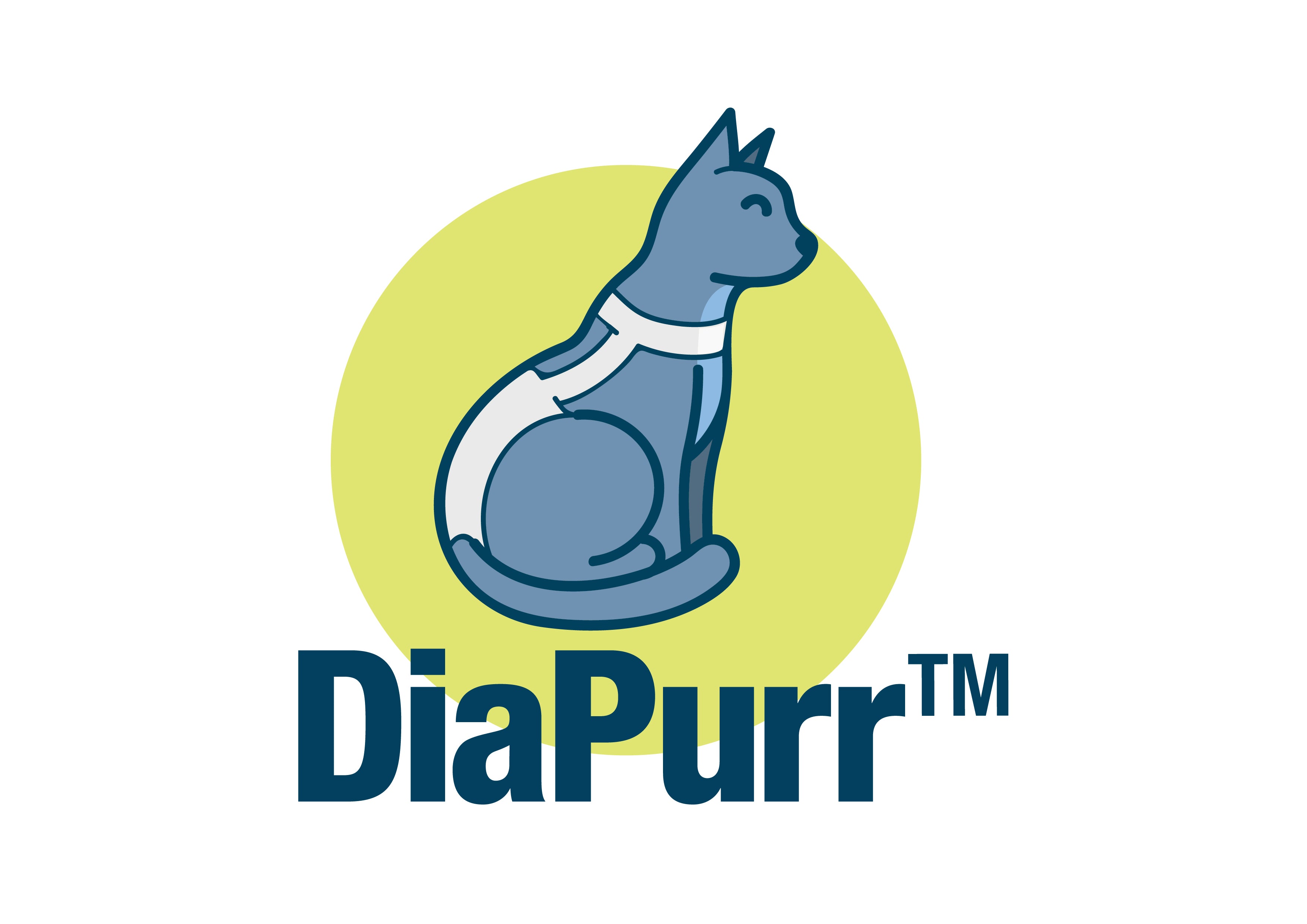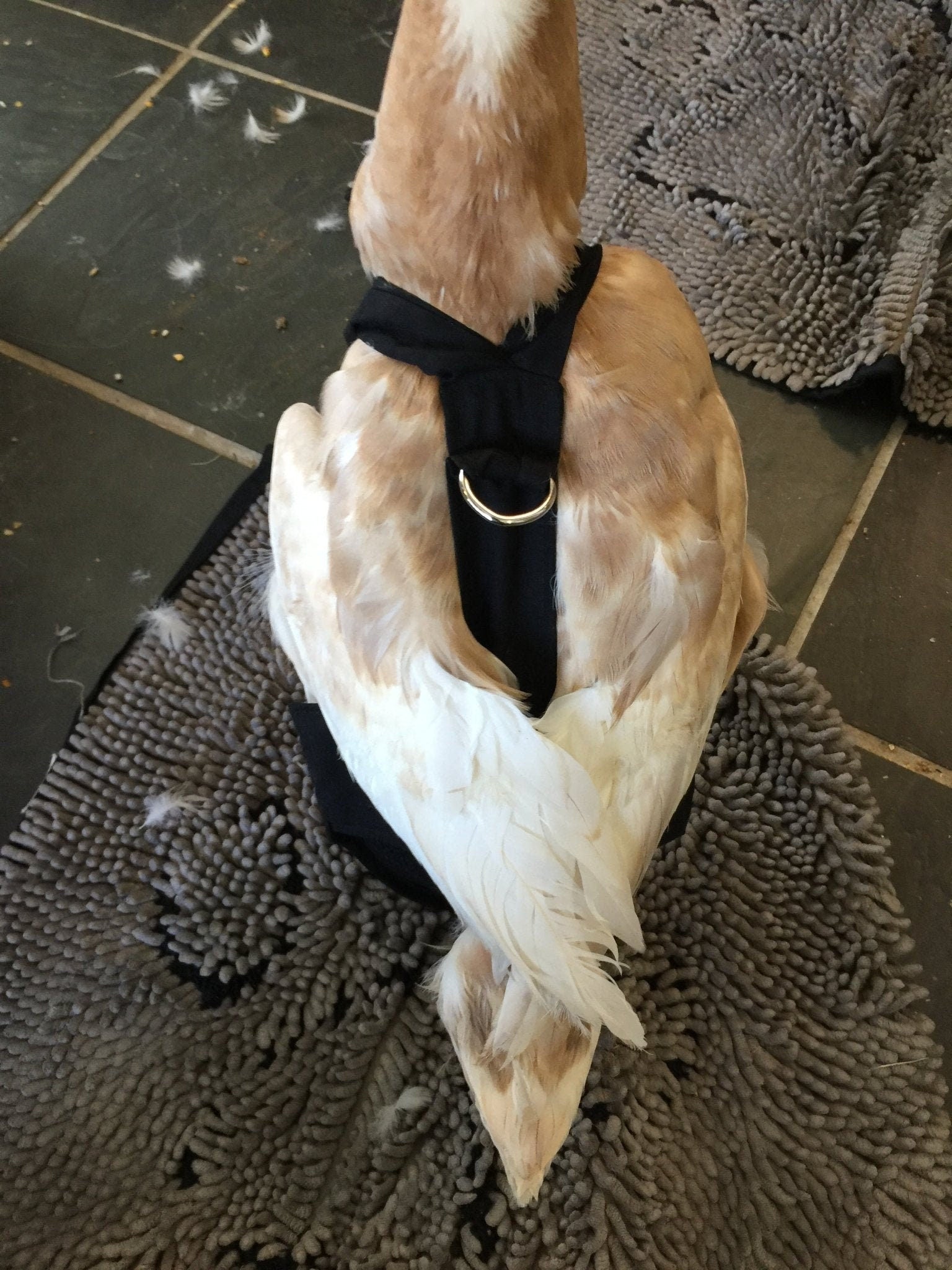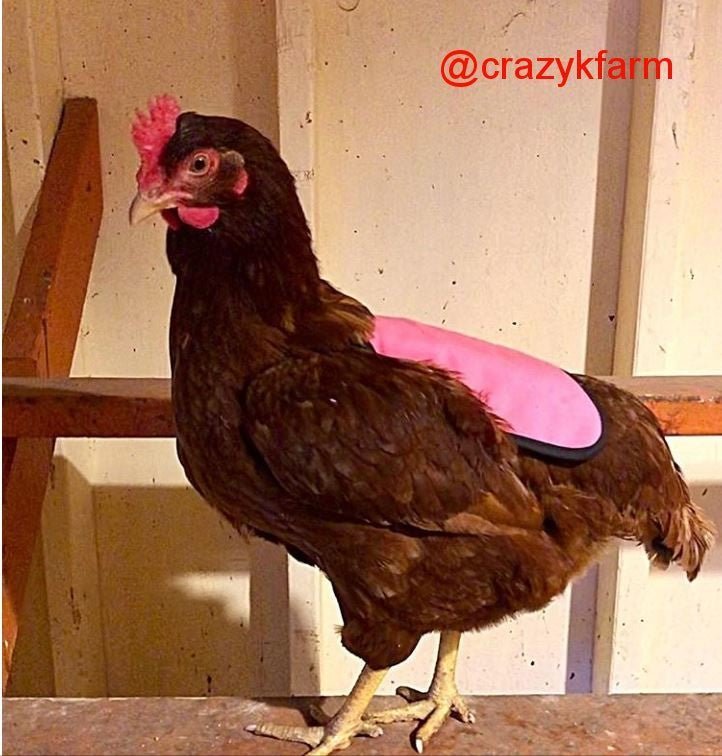
What is a Hen Saddle (and Why Your Chicken Might Need a Hen Saver Hen Apron)?
Every dedicated chicken keeper understands the unique joy and occasional challenges of raising a flock. You strive for healthy, happy birds, yet often face common dilemmas: the distressing sight of a hen with a bare, irritated back, or the worry that your robust rooster might be causing more harm than good during mating. Persistent feather pecking from other hens, often leading to painful wounds and significant stress, or the wear and tear from an enthusiastic rooster’s attention, can severely compromise your flock’s well-being, leaving them vulnerable and uncomfortable.
But what if there was a simple, elegant solution to these widespread issues? Enter the hen saddle – a vital tool rapidly gaining recognition for its profound impact on chicken welfare. This comprehensive guide will illuminate precisely what a hen saddle is, dissecting its crucial role in protecting your cherished birds. You'll learn how this innovative garment acts as a protective shield, not only preventing further injury from aggressive feather pecking but also allowing existing wounds to heal and feathers to regrow unhindered. We’ll delve into the specific benefits of a high-quality 'Hen Saver Hen Apron' from Crazy K Farm, exploring how its superior design offers unparalleled protection against both flock dynamics and rooster damage. Prepare to discover how this seemingly simple apron can transform the health, comfort, and longevity of your beloved hens, ensuring they lead happier, more secure lives.
How to use a Hen Saver - Video Guides
Learn how to properly apply a Hen Saver chicken saddle to protect your hens:
Key Benefits and Features
Understanding the crucial role a `hen saddle` or `hen saver hen apron` plays in maintaining your flock's health and happiness is key to responsible chicken ownership. These protective garments are far more than just a novelty; they are an essential tool for proactive `chicken welfare`, addressing several common issues in a busy coop. Here are the primary benefits and features that make a `hen saddle` an invaluable addition to your poultry care toolkit:
* Superior Protection Against Rooster Mating Damage: One of the most common reasons for a `hen saddle` is to shield hens from aggressive roosters. During mating, roosters can inadvertently cause significant feather loss, scratches, and even wounds on a hen's back and sides, particularly in flocks with multiple roosters or very active males. The durable fabric of a `hen saver hen apron` acts as a robust barrier, preventing physical harm and allowing existing injuries to heal without further aggravation, ensuring your hens remain comfortable and safe.
* Effective Prevention and Recovery from Feather Pecking: `Feather pecking` is a serious concern in many flocks, leading to bald spots, skin irritations, and sometimes severe open wounds. A `hen saddle` covers these vulnerable areas, immediately stopping further pecking and providing a physical deterrent. This allows feathers to regrow naturally and skin to heal, significantly reducing stress and promoting better `chicken welfare`. By breaking the cycle of pecking, the `hen saver hen apron` helps restore peace and health to the affected hen.
* Enhanced Overall Chicken Welfare: At its core, the use of a `hen saddle` is about prioritizing `chicken welfare`. By preventing injuries from mating or `feather pecking`, and aiding in recovery, these aprons reduce pain, discomfort, and the risk of infection. A healthy, uninjured hen is a happier hen, leading to less stress within the flock, better egg production, and an overall improved quality of life. It’s a simple yet powerful way to show care for your birds.
* Support During Molting and Feather Regrowth: Molting is a natural, yet taxing, process where hens replace old feathers. During this time, their skin can be tender, and new pin feathers are easily damaged. A `hen saddle` offers a protective layer over sensitive areas, easing discomfort and preventing accidental injury or exacerbation of vulnerability during this delicate period. It also creates an ideal environment for new feather growth, free from external stressors.
* Comfortable and Easy-to-Use Design: Modern `hen saver hen apron` designs prioritize both the chicken's comfort and the owner's convenience. Crafted from lightweight, breathable, and durable fabrics, these aprons are designed to be non-restrictive, allowing hens full range of motion. Adjustable straps ensure a secure yet comfortable fit, making application straightforward and stress-free for both the hen and the caretaker.
Step-by-Step Guide
1. Identify When Your Chicken Needs a Hen Saddle
The first crucial step is to recognize the signs that indicate your chicken could benefit from a hen saddle. Observe your flock regularly. Look for bare patches, especially on the back and wings, often caused by repeated mating from roosters, or aggressive feather pecking from other hens. Early detection of feather loss or minor skin abrasions is key to preventing more serious injuries. A hen saddle, also known as a hen saver hen apron, acts as a protective barrier, promoting chicken welfare by shielding vulnerable areas. If you notice persistent pecking, torn feathers, or open wounds, immediate intervention with a saddle is highly recommended.
2. Select the Right Hen Saddle
Once you've determined a hen needs protection, choosing the appropriate hen saddle is essential. Hen saddles come in various materials, from canvas to waterproof fabrics, and different sizes. Consider the size of your hen – bantam, standard, or large fowl – to ensure a snug yet comfortable fit. A well-fitting saddle won't restrict movement or cause chafing. Look for designs that are easy to put on and take off, and materials that are durable and easy to clean. Some saddles also feature wing protectors for additional coverage if your hen is experiencing pecking on her wings.
Choosing Your Hen Saver Style
Watch these quick videos to understand the differences between Hen Saver styles:
3. Prepare Your Hen for Application
Approaching your hen calmly will make the process much smoother. Catch your hen gently and hold her securely but not too tightly. It’s often helpful to do this in a quiet area, away from the rest of the flock, to minimize stress. Offering a favorite treat, like corn or sunflower seeds, can help distract her and associate the experience with something positive. Ensure she is calm before attempting to put on the hen saver hen apron. This preparation is vital for her comfort and reduces the likelihood of her flapping or resisting during application.
4. Gently Apply the Hen Saddle
With your hen calm and secure, you can now apply the hen saddle. The saddle typically has two loops that go over the wings, and a strap that goes around the back/underneath, often fastening with snaps or Velcro. Carefully slide one wing through a loop, then guide the saddle over her back. Bring the other wing through the second loop. Adjust the fit so the saddle sits smoothly across her back, covering the vulnerable areas. Ensure it’s not too tight that it restricts her breathing or movement, nor too loose that it slips off easily. The goal is a protective layer that allows her to move freely and comfortably, enhancing her overall chicken welfare.
5. Monitor and Adjust
After fitting the hen saver hen apron, release your hen back into the flock and observe her reaction. Initially, she might act a little confused or try to peck at the saddle. This is normal. Most hens adapt within a few minutes to a few hours. Check the saddle regularly – daily for the first few days, then periodically – to ensure it's still positioned correctly, hasn't become soiled, and isn't causing any irritation or rubbing. Pay close attention to the areas around the wing loops and the edges of the fabric. Prompt adjustments will prevent discomfort and ensure the saddle effectively protects against further feather pecking or mating injuries.
6. Maintenance and When to Remove
To maintain proper hygiene and chicken welfare, the hen saddle should be cleaned regularly. Depending on how soiled it gets, this could be weekly or every few days. Most saddles are machine washable on a gentle cycle or can be hand-washed. Always ensure it's completely dry before putting it back on your hen. You can remove the hen saddle when the hen's feathers have grown back sufficiently, the pecking behavior has stopped, or the mating season has passed. Continue to monitor her to ensure the underlying issue is resolved before fully discontinuing its use.
Best Practices and Pro Tips
Utilizing a `hen saddle` effectively can significantly improve `chicken welfare`, but it requires careful observation and proper application. These best practices and pro tips ensure your flock benefits optimally from a `hen saver hen apron`.
1. Observe Before You Apply: Don't automatically assume every hen needs a saddle. Observe your flock for signs of excessive mating, `feather pecking` on backs, or exposed skin. A `hen saddle` protects damaged or vulnerable areas; it's not a general preventative. Apply it when you see early damage or as a preemptive measure if you have an active rooster.
2. Ensure a Perfect Fit: Paramount for comfort and effectiveness. A `hen saver hen apron` too tight restricts movement and causes chafing; too loose, it shifts and becomes ineffective. It should fit snugly over the back and wings, allowing full range of motion. Check leg straps for security without constriction. Measure your hen, as sizes vary.
3. Choose Quality Materials & Monitor Regularly: Invest in a durable, weather-resistant, breathable `hen saddle` (e.g., canvas, denim) robust against pecking yet gentle on skin. After applying, continuously monitor your hen for discomfort or behavioral changes. Ensure the saddle hasn't shifted and regularly inspect the skin underneath for redness or sores, adjusting fit or removing temporarily if needed to uphold optimal `chicken welfare`.
4. Address Underlying Causes of Feather Pecking: While a `hen saddle` protects against `feather pecking` or rooster damage, it's a symptom solver, not a cure. Investigate if overcrowding, nutritional deficiencies, lack of enrichment, or an aggressive flock member contribute to the issue. Addressing these root causes leads to long-term `chicken welfare` improvements, potentially negating the need for the `hen saver hen apron`.
5. Keep it Clean, Dry, and Use Temporarily: Periodically remove and wash `hen saddles`, especially if soiled; a clean saddle prevents skin irritation. Ensure it's completely dry before reapplying. Some hens might be wary initially – introduce it calmly. For milder issues, a `hen saddle` might only be needed temporarily during prime mating season or while feathers regrow. Don't leave it on indefinitely without assessing its continued necessity and benefit.
🐔 Shop Hen Saver® Chicken Saddles 🐔
The original USA-made hen apron • Protects hens from roosters • Promotes feather regrowth

Standard Hen Saver®
Essential back protection for mating hens. Stops feather loss & cuts. Durable, washable, and comfortable.
From $10.99
Shop Standard Saddle →
With Shoulder Protectors
Maximum coverage. Adds "Wing Armor" to protect shoulders & wings. Stays securely in place.
From $12.49
Shop Shoulder Guard →
Complete Collection
View all colors, patterns, and styles. Find the perfect fit for every hen in your flock.
View All Styles
Browse Collection →🌟 Why 1 Million+ Hens Wear Hen Savers 🌟
🛡️ Instant Protection
Stops rooster damage immediately. Allows feathers to regrow safely underneath the apron.
🇺🇸 American Made
Hand-sewn in the USA since 2005. High-quality fabric that lasts season after season.
Conclusion
As we’ve explored, the humble hen saddle, also known as a hen saver hen apron, is far more than just a piece of fabric for your poultry. It stands as a vital tool in proactive chicken welfare, offering essential protection against the physical toll of enthusiastic roosters during mating and mitigating the damaging effects of persistent feather pecking within the flock. Understanding "what is a hen saddle" is the first step towards ensuring your hens live healthier, happier lives, free from painful injuries and chronic stress.
Don't wait until bare backs, scabs, or significant feather loss become an emergency. Take a moment to observe your flock's dynamics. Are your roosters particularly active? Do you notice any hens with thinning feathers or red patches on their backs? These are clear signals that a hen saddle could be an immediate and effective solution. Investing in these simple, protective aprons is a small effort with profound benefits, fostering faster healing, promoting feather regrowth, and significantly reducing discomfort for your birds. Embrace this straightforward method of care; it's a testament to responsible chicken keeping. Equip your hens with the protection they deserve, safeguard their well-being, and enjoy a thriving, peaceful flock. Your hens will undoubtedly thank you for this thoughtful and compassionate intervention.
- Hen Saver - Protection from aggressive roosters
- Birdy Bra - Crop support for recovery
- All Chicken Products
- Browse Chicken Accessories from Our Trusted Partners
Hand-developed and made in the USA by animal welfare experts. Learn about Crazy K Poultry and Livestock animal sanctuary.


